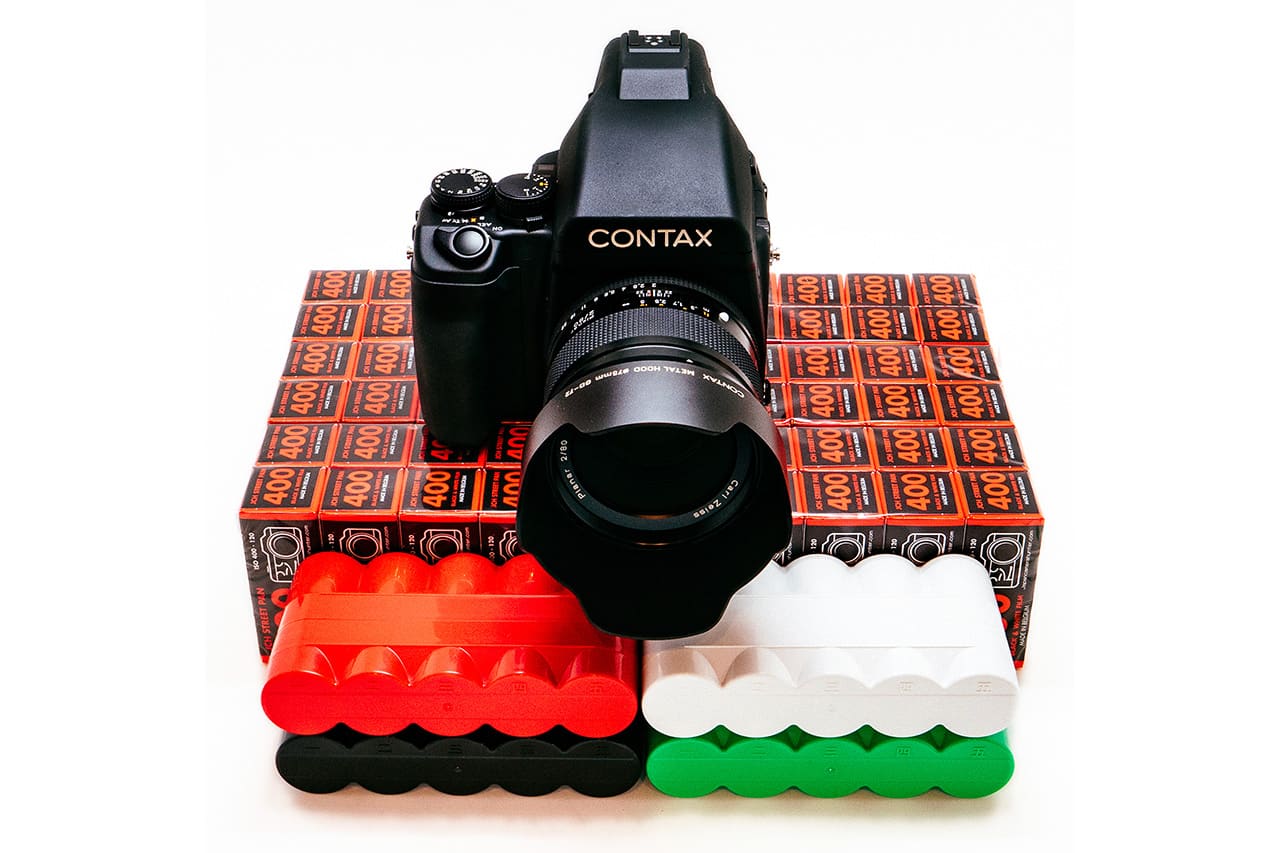


But I also got great punchy negs, when needed, especially with Tri-X up to 5×4 sheet film, using D76. By no means the only one, I got excellent results with Pan F, FP4 and Kodak’s Tri-X using Aculux. If you are not that keen on mixing powder developers, one shot liquid developers make the job easier and as you use one shot and throw away it is possible for greater consistency. It is as equally suited to producing the fine grain inherent in their slow films and for use in the super fast ones as well. Perceptol is a great choice if you are going to use a wide range of Ilford film types. I suppose a lesson here, if there is on, is no one will take as good care of your film as you. But purely for convenience I mainly use digital now.

I still do “keep my hand in” so to speak and enjoy my M6 and R7 and Rolleiflex 3.5f when the mood takes me. I do not actively seek the approbation of others this is not important to me.Īlso, you will no doubt note in my acknowledgement to John, that I have been there, seen it, and done it for getting on for 44 years before I went mainly digital in 2003. If friends say they like an image, well it is welcoming to hear, but my work is solely to please me. Except for when I was having to meet a client’s specific needs, this is after all, all that my hobby is for me. But it is not to say one shouldn’t experiment to achieve a result that pleases oneself. This is not a process I would use Pan F for, and align with padraigm here. John has responded explaining what he was trying to achieve. You will read that I was not criticising the images per se, but I was querying the coarse grain which I would not have expected to see from a properly developed Pan F film. The dreamy 50’s effect you sought so successfully should then be within reach (in a different, because digital, way) as well. Get rid of some blown highlights if any, adjust contrast a little, level a horizontal line if necessary, that’s it. That has taken a load of my mind, as the unpredicatble results with other set-ups were really killing all the fun.īack to digital: I would avoid heavy post processing I hate that, and suffer from the conception that RAW out of camera should be near perfect, and should only require minor “tweaking”.
CONTAX 645 FILM CAMERA PROFESSIONAL
Just to come back, a little late, on some other comments, I shoot film (next to the D800) as well on a regular basis (Michiel953 on Flickr) with my “old” Nikon slr’s and primes, don’t do my own processing, but have found a professional lab I can trust for developing, I know how they do it and can give instructions, and the shop I work through does the scanning (16base) really well. I’m not likely, after thirty years or so, to get back to that! Ha ha I find the “computer” quite restful, and quick as well, and not as smelly as a darkroom.
CONTAX 645 FILM CAMERA ISO
Leica M7, 50mm Summilux ASPH f/2, 1/50, Ilford PanF ISO 50, Elinchrom flashĬontax 645, 80mm f/2 f2, 1/125, Ilford Delta 100, Elinchrom flashĬontax 645, 80mm f/2 f2, 1/250, Ilford Pan-F 50, Elinchrom flashĬontax 645, 80mm f/2 f2, 1/125, Kodak Portra 400, just usign a modelling light in a soft boxĬontax 645, 80mm f/2 f2, 1/125, Ilford Delta 400, natural lightĬontax 645, 80mm f/2 f2, 1/125, Kodak Portra 400, natural light.Ĭontax 645, 80mm f/2 f2, 1/125, Ilford Delta 3200, natural light (or rather, lack of) As someone said in a recent post ‘a good big’un beats a good little’un’!įinally for those interested in comparing the Contax 645’s f2 DoF to the nocti at f1, the digital shots are here: I’ll stress this isn’t meant to be a in-depth scientific comparison, it was a bit of fun while trying out new toys, and with over 90 frames to choose from this is a pretty eclectic mix! But it is interesting to see the difference in grain between the film formats even with the 35mm taken at a lower ISO. However I also wanted to test out my new medium format joy toy (the Contax 645), and ideally get a comparison between the medium format monster and 35mm from my M7.Īfter a little musing I figured out that if I shot the Mono & Nocti at f1 and ISO 400 with a 3 stop ND grad, I’d be able to set the lights once and just jump the flash trigger onto the Contax at f2 with ISO 100 film, and the M7 with the 50’lux at f2 and ISO 50 film (M7 has a much slower flash sync speed) – score! The key camera was the Leica Mono with the Noctilux, just back from being calibrated for optimum focus at minimum distance, I was keen to see if it would deliver the results, as I was starting to get a little frustrated with the beast. Hi All, another film Friday offering for you to love or hate as you like 😉 These images are all from a shoot last weekend.


 0 kommentar(er)
0 kommentar(er)
